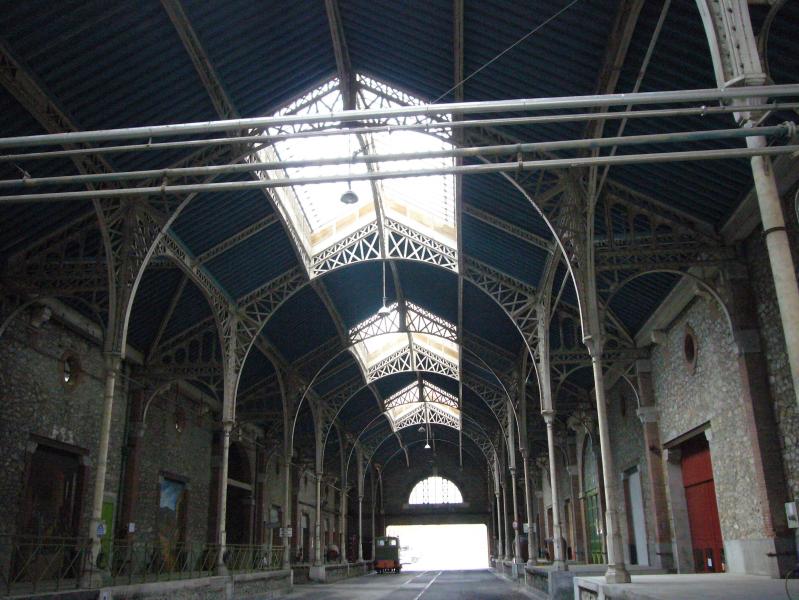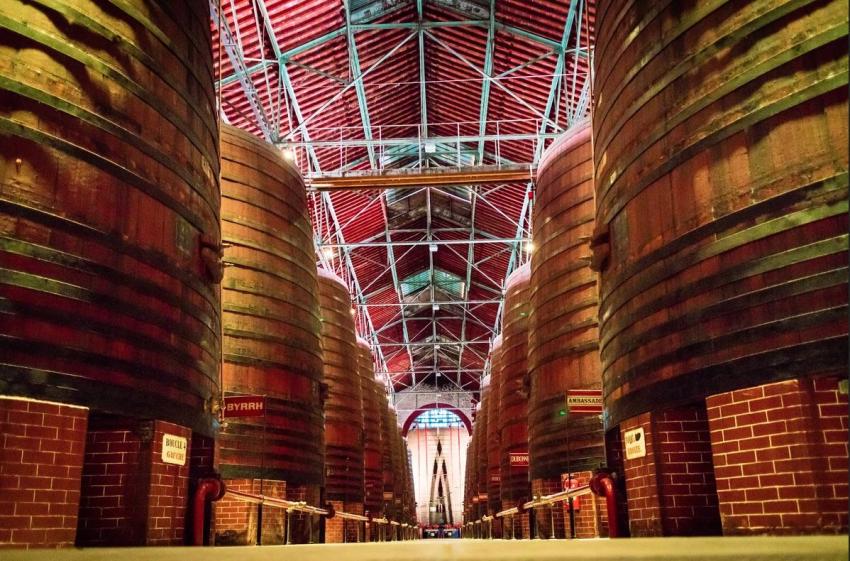- Read offline
- Access all content
- Use the in-app Map to find sites, and add custom locations (your hotel...)
- Build a list of your own favourites
- Search the contents with full-text search functionality
- ... and more!
Byrrh
wine and quinine aperitif
Made in Thuir in Roussillon, Byrrh was founded in 1866 by the Violet brothers, Simon and Pallade, who were itinerant drapers in the area and decided to cash in on the then-boom for wines and tonics.
Pharmacists, however, refused to sell their product as medicine, so they changed the recipe and made it into an apéritif which they called BYRRH from the letters on a colour chart used with the fabrics they sold.
It’s made from mistelle and plenty of quinine (quinquina), along with coffee, cocoa, elderberry flowers, etc. At the turn of the century, under Lambert Violet, son of Simon, Byrrh was exported far and wide, thanks to an astute advertizing campaign that employed some of France’s top graphic artists, making it one of the world’s most popular apéritif.

Gustav Eiffel designed the caves where the Byrrh was aged, and since 1950 the brand has boasted the World’s Biggest Oak Barrel, Thuir’s great roadside attraction, 10m high, 12.46m in diameter and capable of holding one million two hundred litres.

In spite of all that, Byrrh is hardly as popular as it once was; after the Second World War, people began to prefer Roussillon’s vins doux naturels. The family fell out, and the marque was sold to Pernod-Ricard in 1977.
Images by Babsy, caves byrrh, Victor Leydet (1861-1904)

